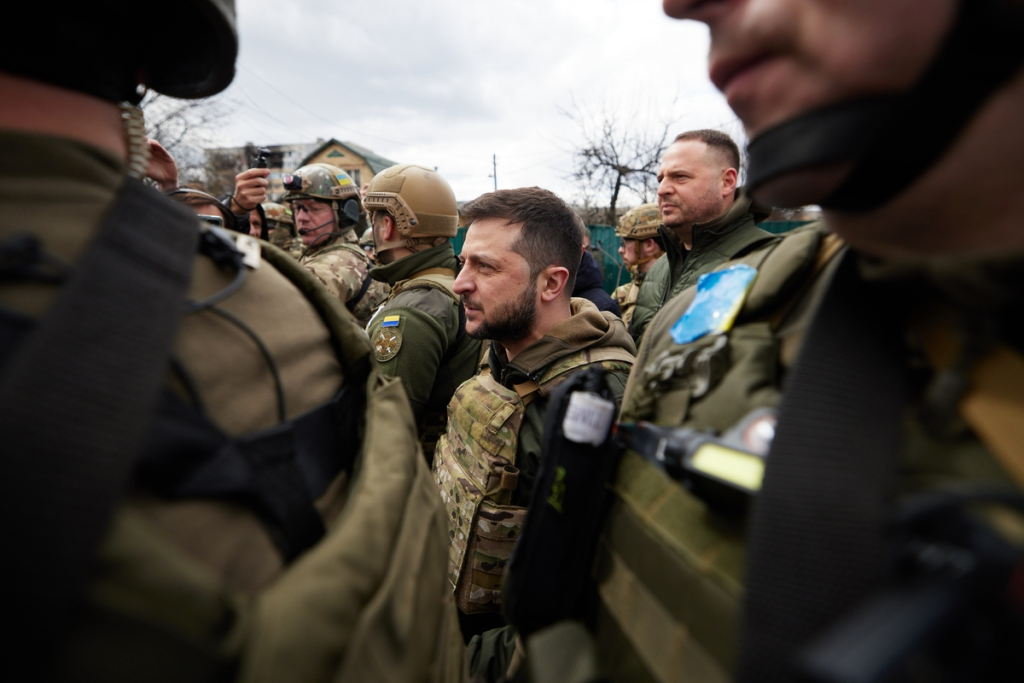
As the old adage goes, “In war, the first casualty is truth.” But in the latest exchange between Ukraine and Russia, truth is contested in real time, not just in dueling statements but in missile trajectories and radar returns. The confirmed use by Ukraine of U.S.-supplied ATACMS against Russian military sites marked a turning point in the evolving conflict.
This strike, for the observers of defense technology, is more than a battlefield headline; it’s a meeting point of political decision-making, technological adaptation, and strategic messaging-from shifted policies in Washington to countermeasures taken in Moscow. The event offers a layered look at modern missile warfare in Europe. Here, I break down nine of the most important insights into the strike and its context: the weapons, tactics, and geopolitics at play in this fight.
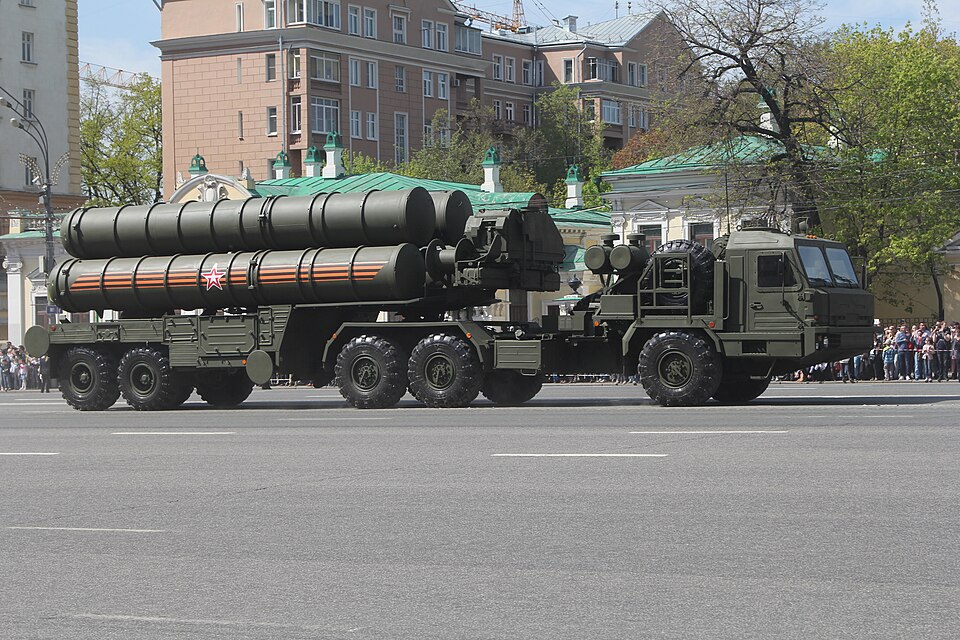
1. The Strike That Broke the Silence
On 18 November, Ukraine’s General Staff confirmed a precision ATACMS strike on Russian military facilities, the first such public acknowledgement since the Trump administration began. The target sites have included Voronezh, a city deep inside Russian territory; this has driven home Ukraine’s intent to hit high-value assets far beyond the front line. According to the officials of Russia, all four missiles were intercepted by S-400s and Pantsirs, with their debris damaging civilian buildings without casualties. The strike was reportedly launched from the area near Voloska Balakliya in Kharkiv Oblast, from which Russia claimed to have destroyed two MLRS launchers using Iskander-M missiles. Whether that claim holds is not verified, but the operation itself points to a renewed willingness to use long-range US-made systems against Russia.
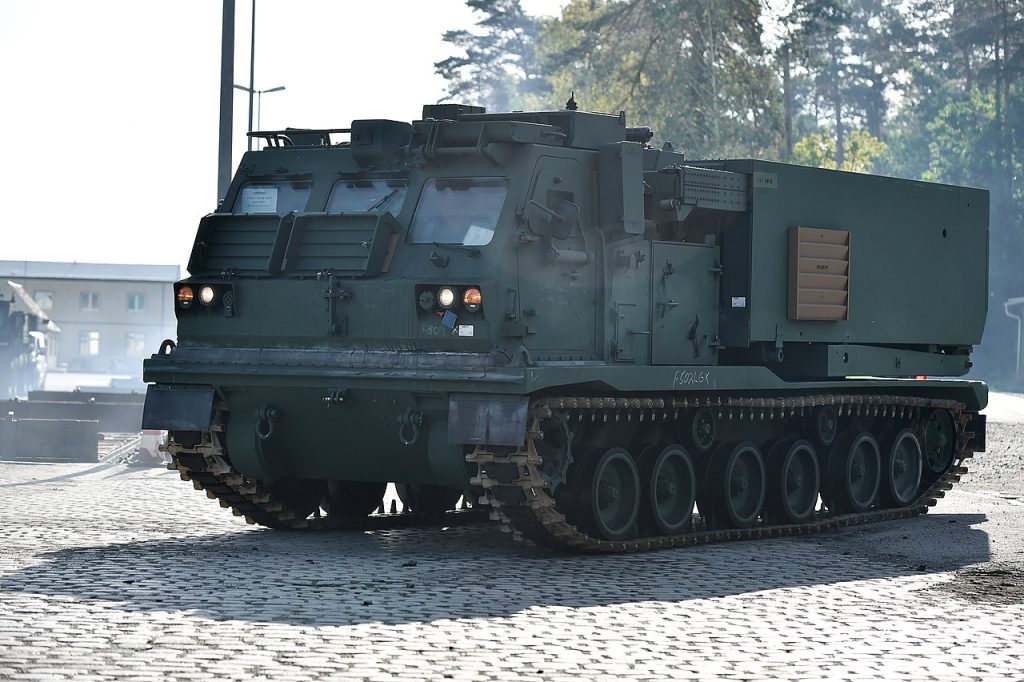
2. Capabilities and Limits of ATACMS
The ATACMS are ballistic ground-launched missiles with ranges of up to almost 200 miles designed to strike strategic targets such as command centers, airfields, and supply hubs. Ukraine has fired unitary warhead variants and cluster munition variants; the latter are capable of blanketing large areas with submunitions. They are launched off the HIMARS or M270 launchers, platforms Ukraine already operates. For all their power, ATACMS are uncommon in Kyiv’s arsenal. US officials have confirmed that fewer than 40 were delivered overall, with Ukraine reportedly running out by early 2025 before resupply. That scarcity forces careful target selection and limits their potential as a sustained game-changer.

3. Policy Shifts in Washington
The Biden administration had earlier barred Ukraine from using ATACMS to strike inside Russia, only lifting its ban in November 2024. The Trump administration then instituted periodic blocks on the use of ATACMS, requiring the Pentagon to approve cross-border operations. At least one such request from Ukraine was denied under that system, according to The Wall Street Journal. The latest strike suggests those constraints have eased, at least for now. The shift might be partly due to deliveries of the PrSM to the U.S. Army, freeing up older ATACMS stocks, and also partly related to strategic messaging aimed at Moscow.
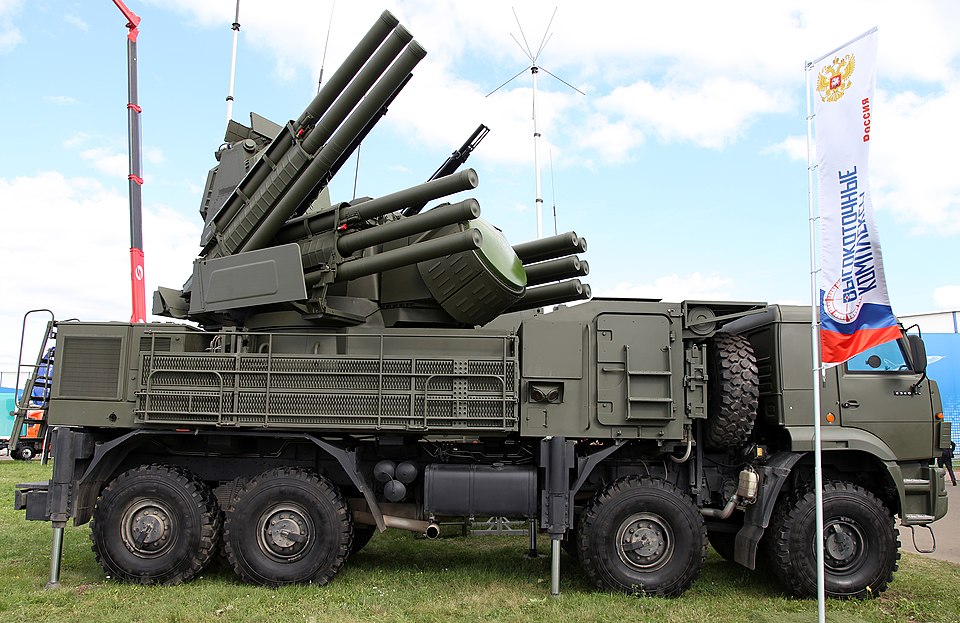
4. Russia Countermeasures: S-400 and Pantsir
The Russian Ministry of Defence declared that S-400 and Pantsir systems repelled all incoming ATACMS during the Voronezh attack. These layers incorporate long-range engagement with close-in protection against ballistic threats, creating overlapping coverage. While official statements regularly claim interceptions, independent confirmation has been very rare. Deploying the two systems together shows that Russia prioritizes defending urban and strategic sites from high-value missile strikes.
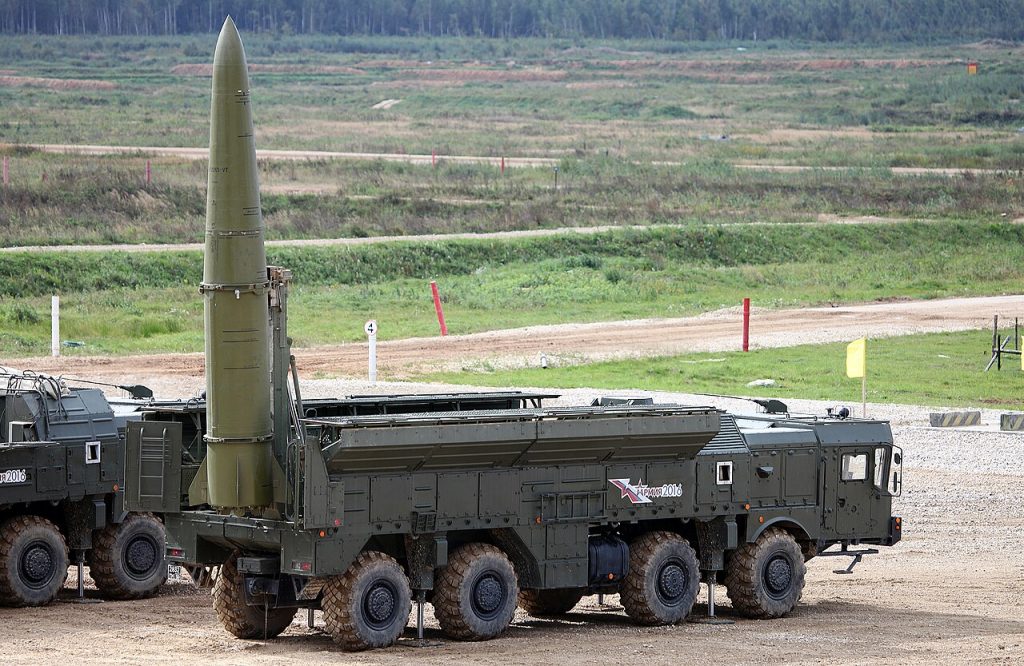
5. The Evolving Threat: Iskander-M
The Patriot systems in Ukraine have had declining intercept rates against Russia’s 9M723 Iskander-M missiles from 34% to as low as 6% in recent months. Trajectory changes, aggressive terminal maneuvers, and also the use of improved decoys are some factors that, according to analysts, have proved decisive. This missile, during its terminal phase, assumes a lofted trajectory that can increase its manoeuvring force fourfold and compress defenders’ reaction time. These adaptations, in combination with radar-decoy devices, could challenge even advanced interceptors like the PAC-3.

6. The Role of Decoys and Software Upgrades
The Iskander 9B999 decoys reportedly have been used once more, this time with improved software capable of a superior level of deception against narrow-aperture radars. Such improvements would send fake signals to interceptor seekers to misguide them away from the missile itself. Moreover, this emphasis on software-driven enhancements forms part of the bigger trends in electronic warfare, where often relatively low-cost changes can yield disproportionate defensive challenges.

7. Saturation and Coordination Tactics
Missiles, drones, and cruise weapons combine in saturation attacks time after time, overloading Ukrainian defenses. In some instances, 9M723s launch from opposite directions against the same target, complicating the planning of interceptions. Although large salvo coordination is nothing new, the data suggest that Ukraine sometimes achieves better intercept rates when Iskanders are used in greater numbers, perhaps due to prioritization advantages in battle management systems.

8. Strategic Messaging through Strikes
Kyiv frames the use of ATACMS as a demonstration of sovereignty and resilience: “This is a landmark event that underscores Ukraine’s unwavering commitment to its sovereignty,” the General Staff declared. Such messaging aims at domestic morale and international support. For Washington, approving these strikes sends a signal to Moscow about U.S. willingness to back Ukraine’s deep-strike capabilities, even amid ongoing diplomatic friction.

9. Implications for NATO and Future Warfare
The bimodal nature of intercept data-that is, attacks yield either full interception or none-is problematic for both attackers and defenders. For NATO, this means even limited ballistic missile defenses can deny certainty of effect against high-value targets. With missile and air defense systems adapting in real time, each engagement forms part of a continuous technological arms race. As such, the ATACMS strike is more than just a tactical episode; it constitutes a case study in how modern conflicts integrate hardware, software, and policy into evolving strategies.
The confirmed strike of ATACMS on Voronezh is a snapshot of a conflict where technology, politics, and strategy are in constant flux. For Ukraine, it marks renewed access to a prized capability; for Russia, it is a test of defensive resilience. For defense analysts, it offers critical data points on missile performance, interception trends, and the shifting calculus of escalation. In the broader arc of the war, such events will continue to redefine the boundaries of long-range warfare in Europe.


